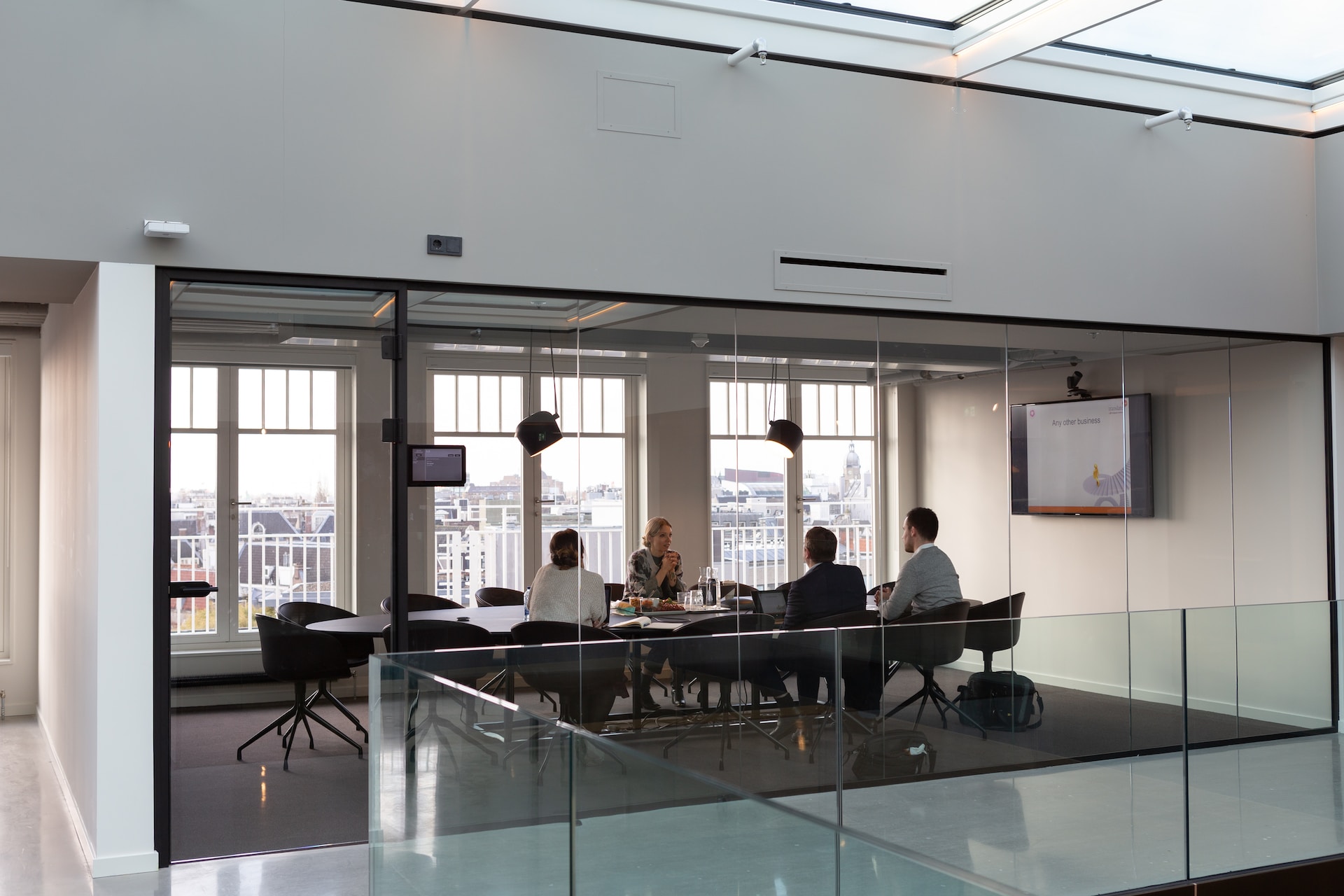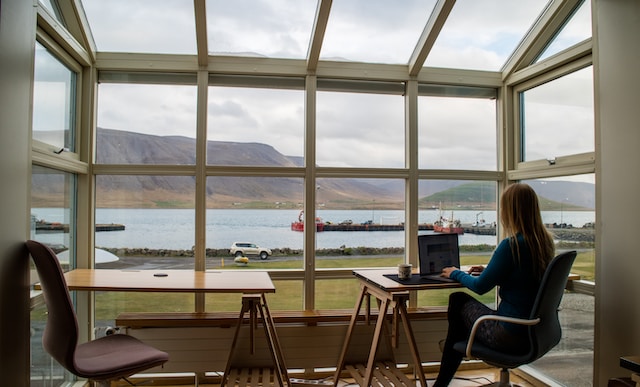In today’s fast-paced business world, effective meetings are crucial for achieving success, fostering a cohesive team, and exchanging ideas. But
studies have shown that many employees find modern meetings to be a waste of both employee and company time, so it’s important to ensure that the meetings serve a purpose – which is where meeting rooms come in handy!
A well-equipped and comfortable meeting room can significantly enhance productivity, creativity, and collaboration among team members, especially when it takes place in a professional setting. In the following article, we’re going to take a look at the top 10 facilities to look for when hiring a meeting room, to ensure your team has the best environment for efficient and productive discussions. Let’s take a look!
What is a meeting room?
First of all – what is a meeting room? We all know what a meeting room is in the technical sense, but what differentiates an office meeting room with one that you’ve hired for your team? It’s simple – a for-hire meeting room is a designated space specifically designed and equipped to host meetings, workshops, presentations, or conferences. These rooms typically include seating arrangements, such as tables and chairs, as well as audio-visual equipment, such as projectors, screens, and conference call facilities, to support the efficient exchange of ideas and information.
Unlike traditional office meeting rooms, they’re equipped for their purpose, rather than simply being a convenient room within a larger space designated for other uses. They can often be used as part of a
virtual address London package, or hired independently on a single-use basis.
10 facilities to look for when hiring a meeting room
So, how to pick a meeting room? Here are some key facilities that we recommend looking for:
Comfort
Comfort is a key factor in ensuring attendees can focus on the matter at hand; a well-furnished meeting room with ergonomic chairs and tables will prevent unnecessary distractions. Additionally, consider the room’s lighting; natural light is ideal, but if that’s not available, opt for soft, ambient lighting to prevent eye strain.
Accessibility
It’s essential to ensure the meeting room is easily accessible to all attendees; this includes not only being centrally located, but also accommodating those with mobility issues. Look for meeting rooms with ramps, lifts, and accessible restrooms, as well as ample parking or convenient public transport links nearby.
Location
A prime location is essential for a successful meeting; choose a venue close to major transport hubs, such as train stations or airports, and within easy reach of local amenities, such as cafes, hotels, and restaurants. A central location will minimise travel time and ensure attendees arrive on time, fresh and ready to contribute. It’ll also minimise transport costs for those who live far out in the countryside or surrounding cities, meaning
Transport links
Strong transport links are crucial for facilitating attendance; nearby bus stops, train stations, and ample parking are all factors to consider. Additionally, a venue close to major motorways will make it easier for attendees travelling by car to reach the destination without getting caught up in traffic. If you want to foster eco-consciousness in your team, try to encourage employees to arrive by public transport.
Air conditioning
A well-ventilated and temperature-controlled room is another essential when it comes to maintaining focus and productivity, so ensure the meeting room you hire has efficient air conditioning and heating systems to cater for all weather conditions. Temperature control should also ideally be easily adjustable, allowing for optimum comfort throughout the meeting, no matter the season.
WiFi services
A reliable and high-speed internet connection is vital for modern business meetings; from sharing presentations and sources to accessing online documents, a strong WiFi connection can make or break a meeting. Check that the meeting room you hire provides fast, secure, and reliable Wi-Fi to ensure seamless communication and collaboration. You’ll also need to ensure that WiFi is available so that you can include team members who are unable to commute to the meeting room, but who can join the team via video conference.
Well-equipped space
A meeting room should be equipped with all necessary audio-visual equipment, such as projectors, screens, and conference call facilities; additionally, ensure the room has ample power outlets to charge laptops and other devices. A well-equipped space will save time and reduce the risk of technical hitches during the meeting.
Breakout spaces
A meeting room with access to breakout spaces can be highly beneficial for your event, whether it be a client meeting or annual employee meeting. Breakout spaces are smaller, separate areas where attendees can have private discussions, work on group projects, or simply take a break to recharge. Providing these additional spaces encourages networking and fosters a more dynamic and interactive meeting experience.
Catering or nearby food establishments
Ensuring that your attendees are well-fed and energised during your meeting is crucial for maintaining productivity and engagement, and that means having food and drink readily available. If the meeting room venue doesn’t offer catering services, it’s essential to choose a location that has nearby food establishments, such as cafes, restaurants, or even fast food outlets. Having easy access to a variety of dining options will cater to the diverse preferences and dietary requirements of your attendees, ensuring they remain focused throughout the meeting.
Professional support
Lastly, the quality of support staff at the venue can make a significant difference to the success of your meeting. Look for a venue with professional and attentive staff who can promptly address any issues that may arise, such as technical difficulties or last-minute requests.








